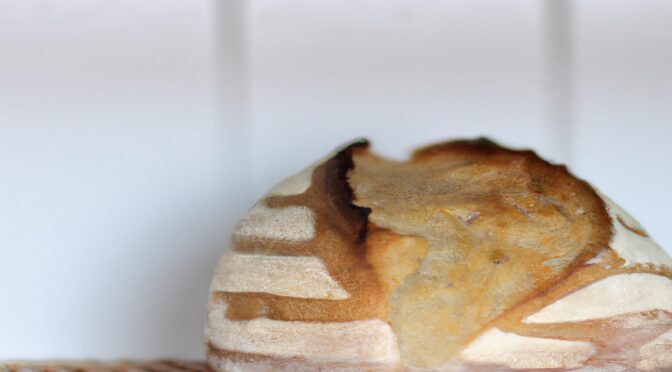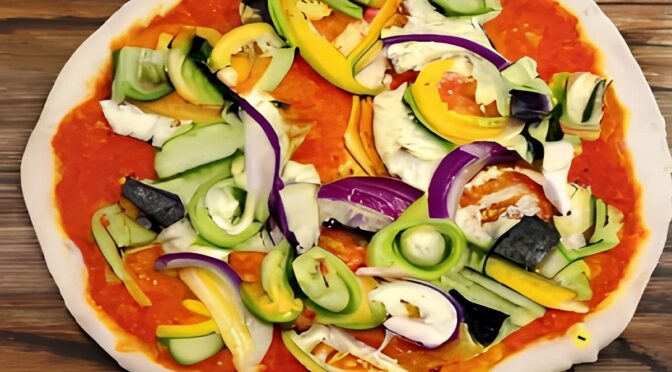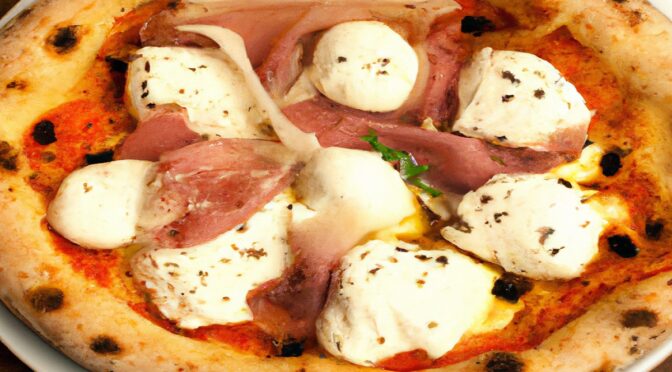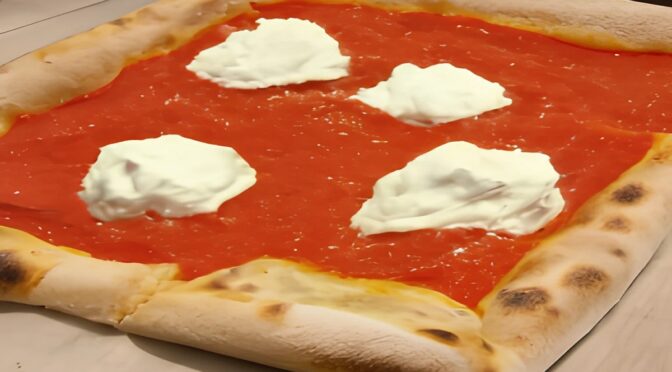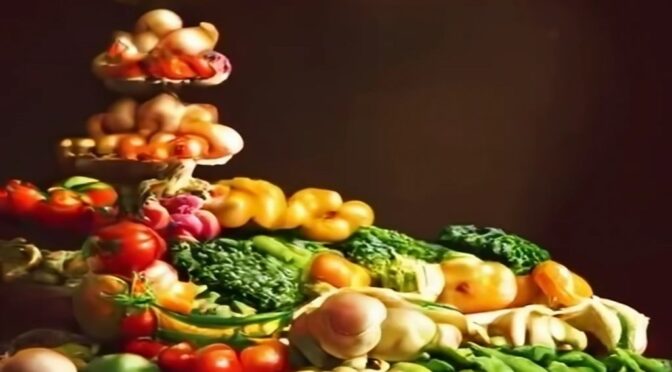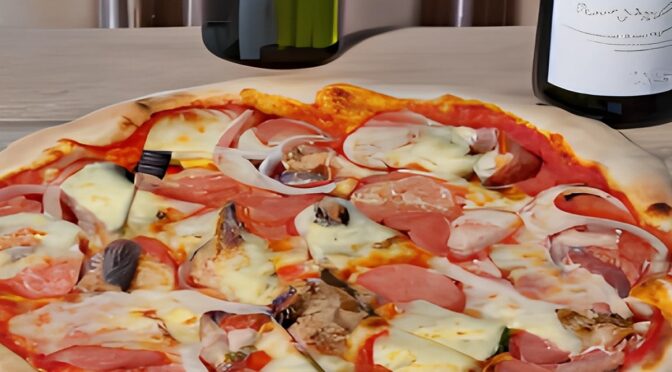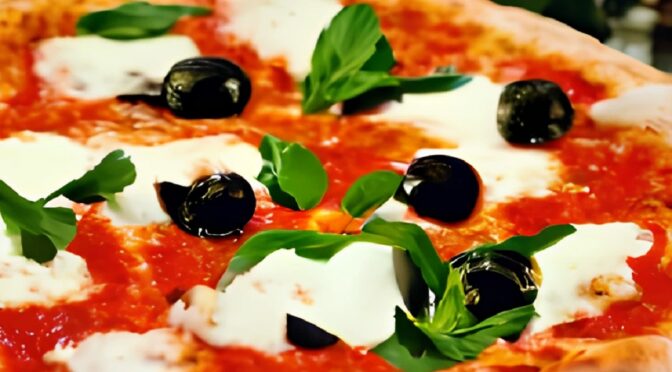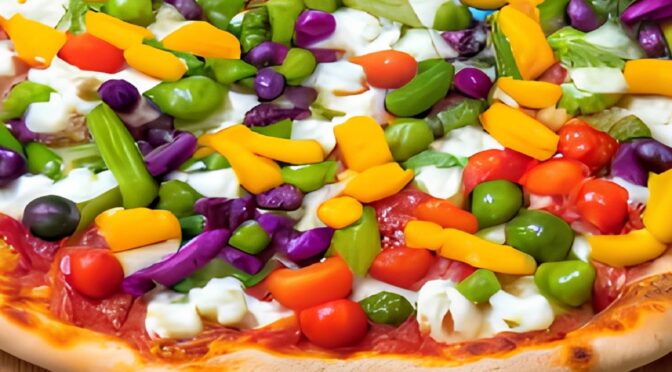Yeast: guide to cultivation and use. Mother yeast is a fundamental ingredient in bread-making, capable of giving the preparations a unique flavor and a soft and fragrant consistency. Growing your own sourdough is not difficult, but it requires attention and dedication. In this article we will explain how to grow it and use it to the fullest.
here are the 10 points we will cover:
What is mother yeast and what are its health benefits.
How to grow mother yeast at home.
What are the ingredients necessary for the cultivation of sourdough.
What are the phases of the cultivation of sourdough.
How to store sourdough.
How to use sourdough in baking.
The differences between sourdough and brewer's yeast.
The most common recipes that use sourdough.
How to solve the most common problems in the cultivation and use of sourdough.
Why enroll in our professional practical courses on baking.
What is mother yeast and what are its health benefits.
Mother yeast is a natural yeast obtained from the fermentation of water and flour. Thanks to the presence of lactic acid bacteria, mother yeast is able to give the preparations a unique flavor and a soft and fragrant texture. In addition to, sourdough is much more digestible than brewer's yeast and also contains probiotics beneficial to the intestine.
How to grow mother yeast at home.
Growing sourdough at home is quite simple. First of all, it is necessary to prepare a dough with water and flour. Subsequently, the dough should be left at room temperature for a few hours, so that fermentation begins. In this period, bubbles will form on the surface of the dough, a sign that the sourdough is forming. After about 24 hours, proceed to refresh the dough by adding water and fresh flour. This process should be repeated every day for about a week, until the mother yeast is ready to be used.
What are the ingredients necessary for the cultivation of sourdough.
Only two ingredients are needed for the cultivation of sourdough: water and flour. It is recommended to use non-chlorinated water and durum or wholemeal flour, which contain a higher quantity of lactic acid bacteria. You can also use flour from other cereals, such as rye or spelled, to obtain a sourdough with different organoleptic characteristics.
What are the phases of the cultivation of sourdough.
The cultivation of mother yeast takes place in several stages:
Preparation stage: a dough is prepared with water and flour and left at room temperature for a few hours to start fermentation.
Refreshment stage: water and fresh flour are added to the fermented dough and left again at room temperature for a few hours.
Repeat phase: the refresh process is repeated every day for about a week, until the mother yeast is ready to be used.
Conservation stage: the sourdough is stored in the refrigerator and fed with water and fresh flour every week or two.
How to store sourdough.
Mother yeast is kept in the refrigerator, in a glass or plastic container with a lid. Mother yeast should be fed with water and fresh flour every week or two, depending on the quantity of sourdough present in the container. If you do not use the sourdough starter for an extended period, it is advisable to refresh it before use.
How to use sourdough in baking.
Mother yeast can be used as the main ingredient or as an adjuvant in bread-making. Thanks to its ability to ferment slowly, the sourdough gives the preparations a unique flavor and a soft and fragrant texture. Sourdough can be used to make bread, pizza, cake, brioches and many other baked goods.
The differences between sourdough and brewer's yeast.
Sourdough and brewer's yeast are two different ingredients. Brewer's yeast is a selected yeast, which ferments quickly and gives preparations a neutral flavor. Yeast, instead, it is a natural leaven, which ferments slowly and gives the preparations a unique flavor and a soft and fragrant texture.
The most common recipes that use sourdough.
Mother yeast is used in many bread recipes. Among the most common we find:
Pane: sourdough bread is soft and fragrant. Bread can be prepared with wholemeal sourdough or other cereal flours.
Pizza: sourdough pizza has a unique flavor and a soft texture. You can prepare pizza with wholemeal sourdough or other cereal flours.
Cake: the focaccia with sourdough is soft and fragrant. The focaccia can be prepared with wholemeal sourdough or other cereal flours.
buns: the brioches with sourdough are soft and fragrant. You can prepare the buns with wholemeal sourdough or other cereal flours.
The health benefits of mother yeast.
Sourdough has numerous health benefits, among which:
Improved digestion: sourdough helps to better digest gluten and complex carbohydrates.
Improving the immune system: sourdough contains beneficial bacteria that can help boost your immune system.
Blood sugar control: sourdough can help control blood sugar levels, thanks to the presence of lactic acid.
Nutrient absorption: sourdough helps to improve the absorption of vitamins and minerals present in food.
The call to professional practical courses.
If you are interested in learning how to grow and use sourdough professionally, we recommend that you enroll in our professional practical courses. Our teachers are experienced baking professionals and will teach you everything you need to know to become an expert bread maker, pizza, cake, brioches and many other baked goods. Our courses are suitable for anyone, whether you are a beginner or a pro. In addition to, thanks to the online teaching method, you can follow the lessons from the comfort of your home, without having to move. Subscribe to Our professional practical courses and discover all the secrets of baking with sourdough!
In conclusion, sourdough is a versatile and healthy ingredient that can give a unique flavor and a soft and fragrant texture to many baked goods. Growing sourdough is easy and only takes a while’ of patience and perseverance. Using sourdough in baking can enrich the taste of our baked goods and bring many health benefits. If you are interested in becoming an expert in the preparation of baked goods with sourdough, subscribe to Our professional practical courses and discover all the secrets of baking!
Ciao
Silvio Cicchi
Visit and subscribe to my Youtube channel
